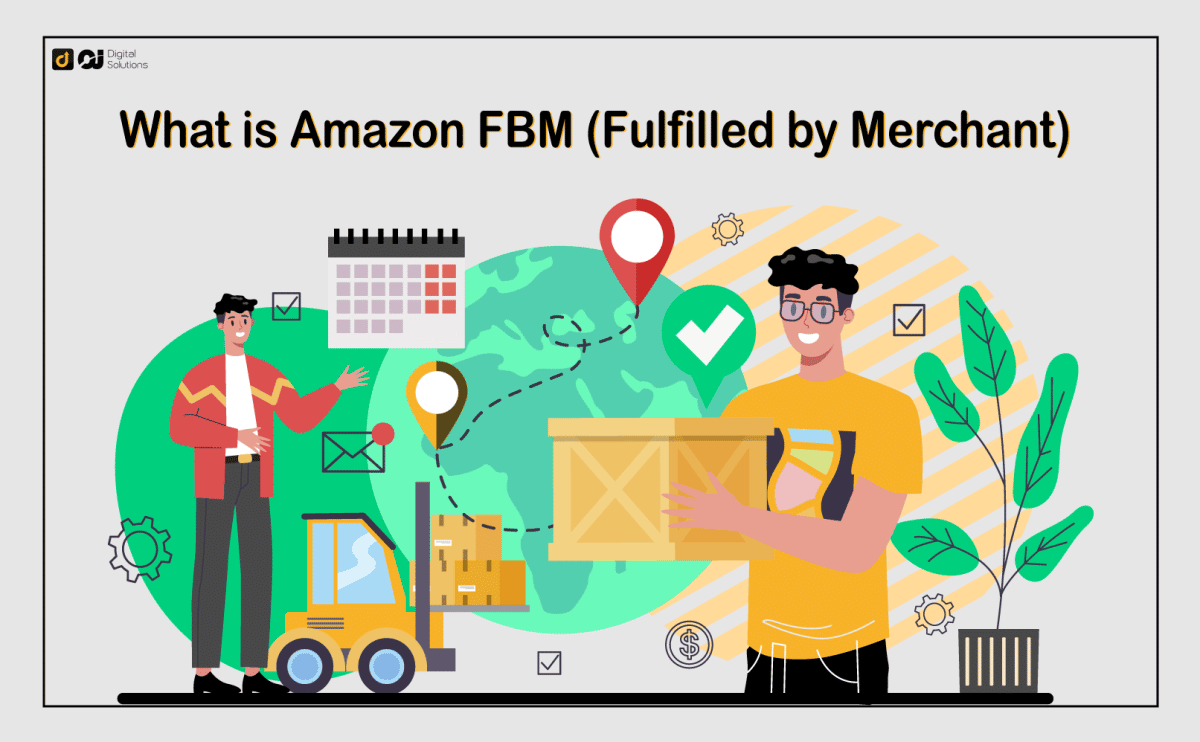Amazon Fulfillment by Merchant (FBM) or also called Merchant Fulfilled Network (MFN) is a fulfillment option where the seller handles the processing, packing, and shipping of their products to customers.
This may be done in two ways: FBM sellers could manage the process themselves or partner with a third-party logistics service provider.
The merchant is responsible for storing and placing inventory, order fulfillment, returns, and customer service.
While many sellers choose Fulfillment by Amazon (FBA) for quick turnovers of inventory, Fulfillment by Merchant (FBM) has its benefits, too.
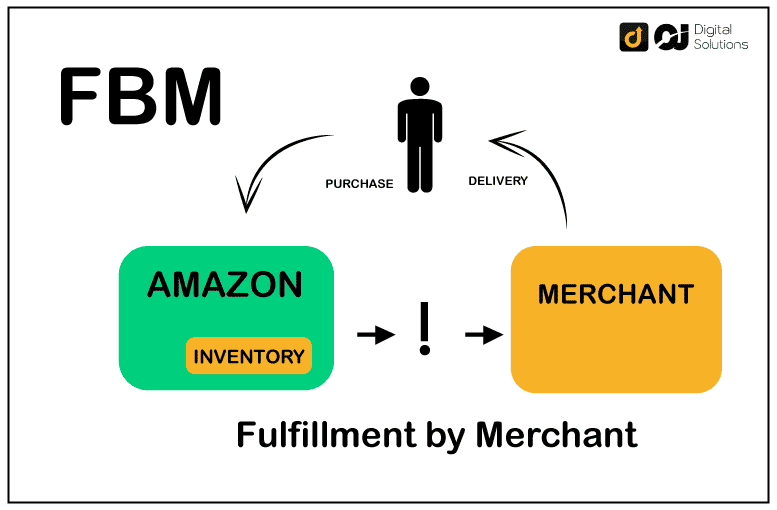
What’s the Difference Between Amazon FBA and FBM?
Comparing Amazon FBM vs FBA is something that many sellers do before starting their Amazon business.
Unlike FBM, Fulfilled by Amazon (FBA) is a service that lets merchants outsource fulfillment to Amazon.
Amazon FBA sellers simply ship their products to the Amazon warehouse.
Amazon stores the products, and when an order is received, amazon’s fulfillment network will then pick, pack, and ship products from their warehouse.
The platform will also provide customer service and returns for purchased items.
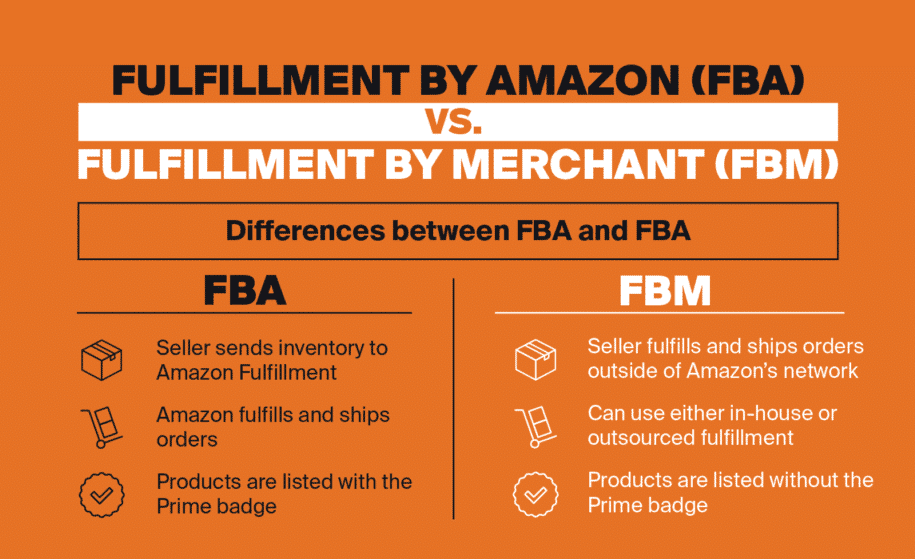
How Does Amazon FBM Work?
Amazon sellers who want to fulfill orders themselves have two plans to choose from.
Each plan will impact your shipping costs differently.
Individual Selling Plan
Sellers who choose an individual plan use Amazon’s fixed shipping rates for all products.
This means you’ll have to ship orders at their rates even if the standardized shipping credit is less than the total shipping cost.
Thus, you’ll have to price your products correctly to ensure you’ll still earn a profit.
Professional Selling Plan
The professional selling plan, on the other hand, lets FBM sellers set their own shipping rates. This plan gives you more freedom to create shipping templates that match your logistic capabilities.
For instance, you can customize shipping templates depending on the regions you’ll be delivering products to. You can also customize shipping fees by order, per item, or per weight.
Aside from that, this plan offers more tools and benefits for sellers. You can gain access to inventory management tools, on-site advertising tools, and API integration, among others.
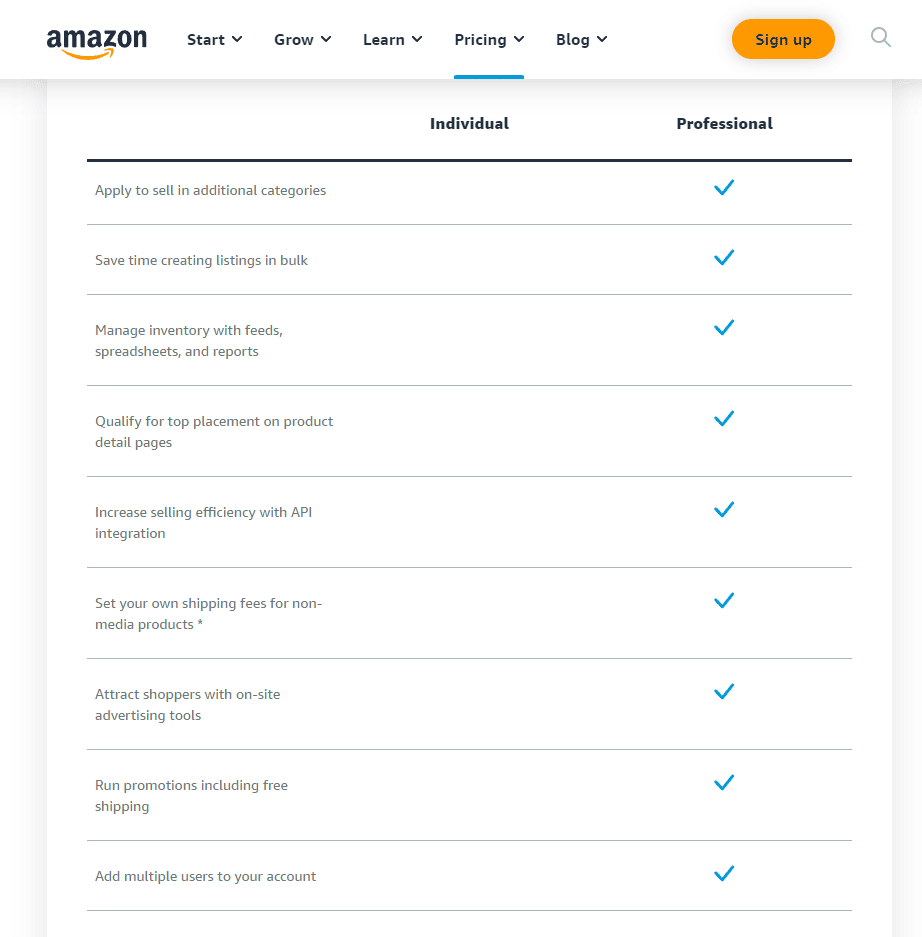
How to Get Started as an FBM Seller
Are you ready to go the FBM seller route? Here are the steps to help you get started.
Create Your Amazon Seller Account
To start selling and shipping via FBM, create an Amazon Seller Central account on the Amazon website. Once you’ve done that, you’ll get access to resources for selling on the platform.

List Your Products for Sale on Amazon
Once you’ve set up your amazon account, it’s time to start putting your products up for sale.
Make sure to optimize your listings by creating detailed descriptions, high-quality images, and other strategies to get buyers’ attention.

Store Your Inventory in Your Own Fulfillment Center
If you intend to fulfill orders yourself, you must have your own fulfillment center.
Unlike Amazon FBA sellers, FBM vendors can’t take advantage of Amazon’s warehouses and fulfillment centers to store their FBA inventory.
If you have a small inventory, keeping your products at home or in a storage center might be a good idea as a short-term alternative to Amazon’s fulfillment centers.
Ship Orders Out on Time
Once you decide to go the FBM selling route, you’ll need shipping labels from Amazon or on your own.
Aside from that, you need to provide e-commerce order tracking for the customer.
Amazon gives customers an estimated delivery time on the offer and checkout pages so they’ll know when to expect to receive their purchase.
This estimation takes processing, handling, and transit times into consideration.
However, you can adjust your shipping and handling time to better manage customers’ expectations.

Once a shopper buys a product from your store, you’ll receive an order notification.
You then have 24 hours to pack and ship the product and confirm that it’s on its way.
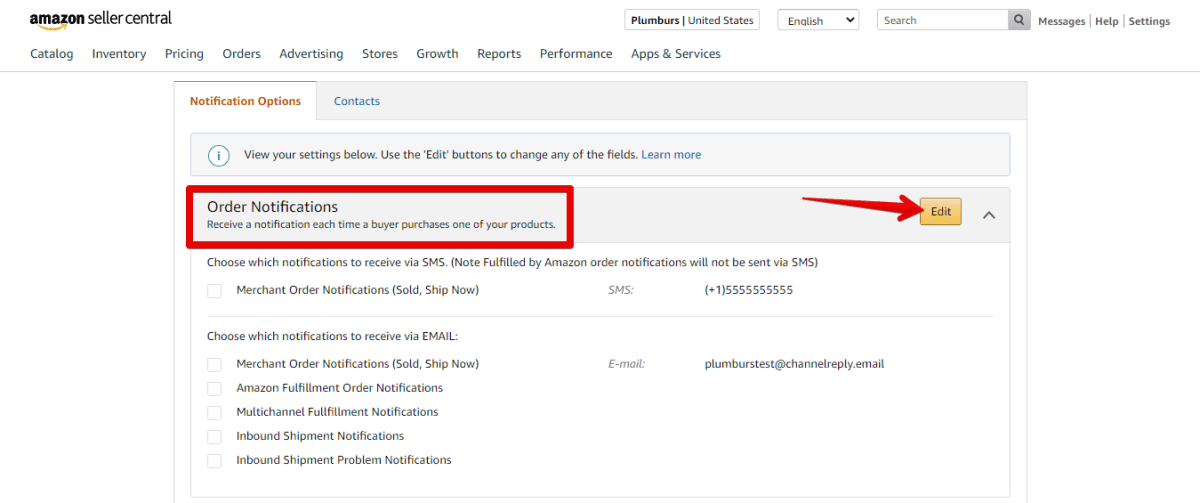
For the FBM seller, another essential consideration is the choice of a shipping partner.
You can choose a carrier from multiple options, like USPS, FedEx, UPS, or DHL. Whichever one you pick, it’s important to choose one that’s reliable and cost-effective.
Otherwise, your profit margin will be affected if you incur shipping costs higher than that of FBA.
In that case, it won’t make sense to fulfill orders on your own.
What are the Benefits of FBM?
The FBM fulfillment process may be more tedious for some, but it has its upsides.
Here are some of its most significant advantages:
More Control Over Inventory and Brand
As an FBM amazon sellers, you could maintain control over every aspect of your business.
Because you’ll be handling inventory yourself, you’ll have a better grasp of your stock and which products have a quick turnover.
Another plus is that you’ll have direct interactions with customers and you can use this opportunity to also sell on other sales channels instead of staying on the amazon marketplace.
This is valuable if you’re just starting out because you will gain more ideas, insights, and customer feedback.
You’ll have a sharper sense of how to make a mark and build a stronger brand.
Independence to Explore Other Options
Another upside to being an FBM seller is that you can check out other fullfillment models that might work better for your business.
For example, you can make use of drop-shipping.
With a drop-shipping business model, your products are shipped directly from the supplier to the amazon customer.
You won’t have the headache of storing inventory and fulfilling orders.
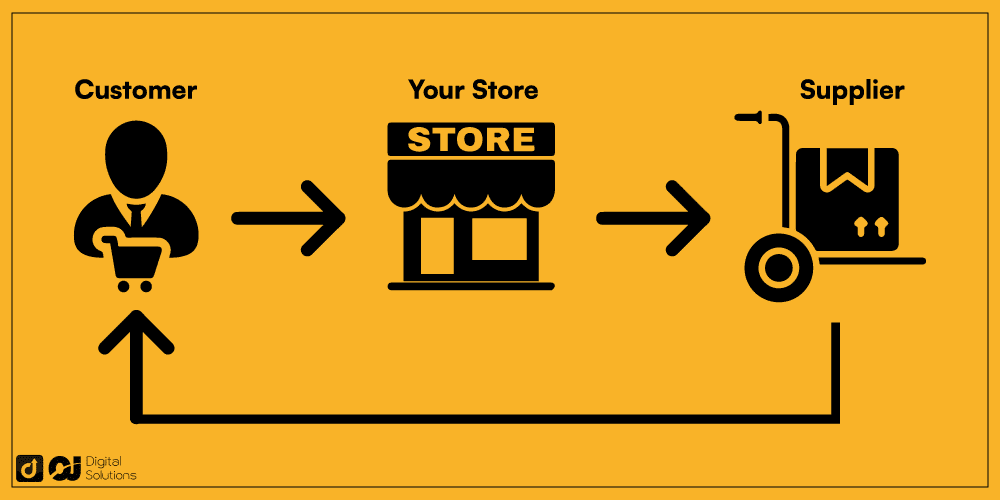
This freedom also means you’ll have less paperwork to deal with since you’re working with the customer directly.
You’ll also be more independent and can remain unaffected in case there are any losses due to policy changes at Amazon.
Greater Profit Margins
And the best thing of all – you’ll have a bigger profit margin.
That’s because you won’t need to pay additional fees to Amazon, and there are no unexpected costs along the way.
With FBM selling, you are in control and can use different strategies that will help drive down your costs.
What are the Disadvantages of FBM?
Unfortunately, it’s not exactly a walk in the park. While being an FBM seller puts you in the driver’s seat, it does have its downsides.
No Prime Badge on Your Products
The biggest disadvantage for FBM sellers is that they won’t be able to take advantage of the Amazon Prime badge on their listings.
With more than 200 million Prime users, the Prime badge definitely holds a lot of weight.
Without it, your product would be less likely to be seen by Prime shoppers.
In contrast, FBA products are automatically enrolled in the Prime program.
Thus, they are eligible for free one- or two-day shipping to buyers, as well as other Prime shipping benefits.
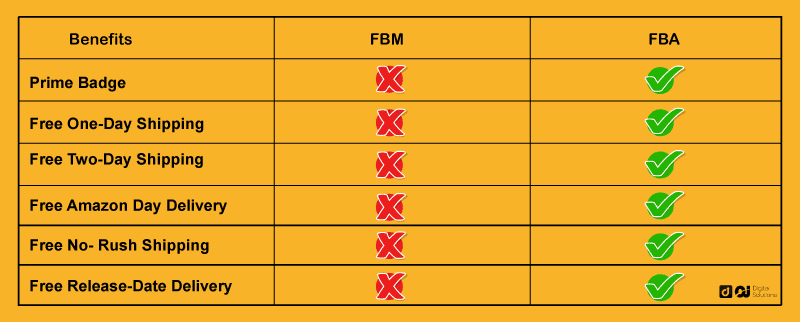
The Process Is More Demanding and Time-Consuming
Needless to say, FBM selling is more tedious since you’d have to pack and ship your items yourself.
Unless you’re working with a third-party shipping service, managing orders can really eat up your time and energy.
Aside from that, outsourcing order fulfillment to professional shipping services can also drive up your warehousing and shipping fees.
Managing Seller-Fulfilled Returns Is Complicated
Customer satisfaction is another area that can be challenging for FBM vendors. In order to make sure the customer experience is impeccable, you need to provide excellent customer service, that won’t be handled by Amazon anymore.
Also with FBA, Amazon handles product returns on its end. Unfortunately, with FBM, the seller is also responsible for handling returns.
Amazon requires merchants to refund payments or send a replacement to customers within 30 days of the estimated delivery date.
To respond to customer return requests, you can use the Manage Seller Fulfilled Returns tool in your Amazon Seller Central account.
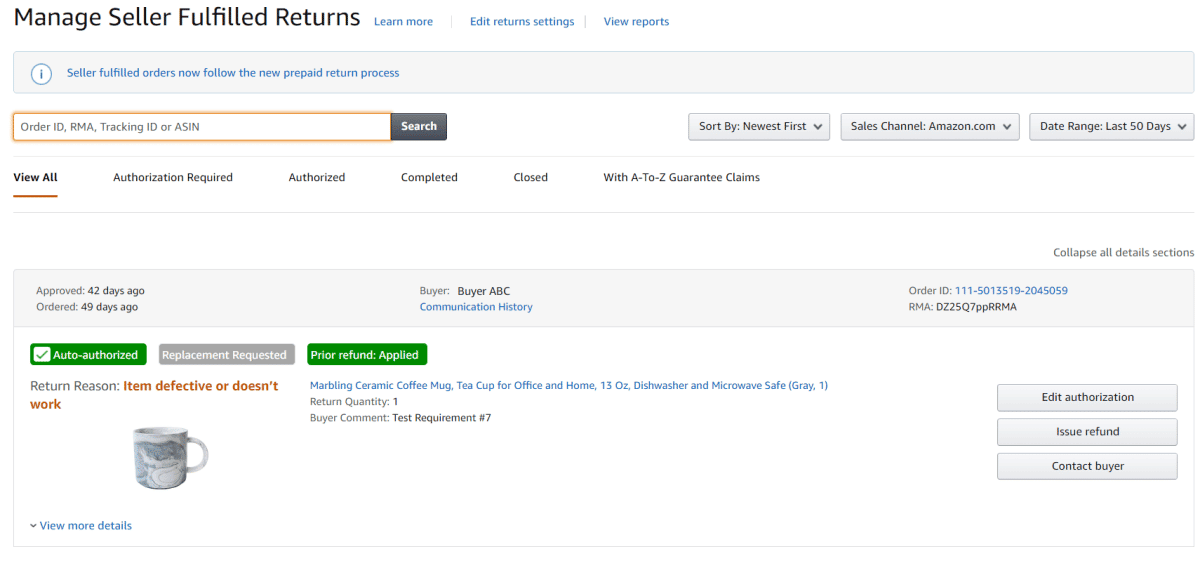
How Much Does Amazon FBM Cost?
Except for the referral fee, Amazon FBM fees are not set and vary significantly from seller to seller.
It also depends on the type of selling plan they subscribe to.
Compared with FBA fees, the FBM fees do not include storage fees and fulfillment fee,
Here are the fees you can expect to pay once you become an FBM seller:
Referral fee
For each item sold, sellers pay a referral fee. Amazon deducts this fee from the total sales price.
The referral fee percentage is calculated based on the total sales price or the amount paid by the buyer, which includes the cost of the item, as well as delivery and other charges.
Referral fees vary according to product type.
For a more detailed view of the fees per category, check out the referral fee chart on Amazon.
Monthly Subscription Fee
If you’ve subscribed to the Professional Selling Plan, you must pay a monthly subscription fee of $39.99.
This fee is fixed no matter how many products you sell every month.
The subscription gives you access to advanced selling tools and reports.
It also lets you advertise and sell your products in restricted categories such as Automotive and Powersports, Fine Art, and more.
Per-item Selling Fee
This fee applies to those who use the individual selling plan. Subscribers to this plan pay the per-item selling fee on top of any other applicable fees.
Instead of a monthly subscription fee, individual sellers pay a fee of $0.99 per item when it’s sold on Amazon.
This can be more cost-effective, especially if you don’t sell large volumes of products.
Add image of chart similar to this

When Should You Choose Amazon FBM?
The Fulfillment by Merchant method might be a good fit for you if you:
- Sell a low volume of products or maintain a small inventory
- Sell exclusive, handmade, or customized products
- Sell temperature-sensitive items
- Have lower profit margins
- Have large or heavy items to sell
- Have adequate space for storage
- Can easily manage returns and customer service
- Already have a smooth logistics system in place
Best Practices for FBM Sellers
Being an FBM seller can be lucrative, especially if you use best practices for selling your products.
Here are five strategies that can help make the job easier, according to Amazon.
- Use Amazon’s “Buy Shipping” feature.
- Always provide tracking numbers.
- Manage delivery times.
- Incorporate a good return policy.
- If you’re a dropshipper, comply with Amazon’s drop-shipping policy.
FAQ – Frequently Asked Questions
Is FBM the same as Seller Fulfilled Prime?
No. Seller Fulfilled Prime (SFP) is a fulfillment option that combines aspects of Amazon FBA and FBM.
Qualified sellers can enjoy access to Prime customers and, at the same time, handle shipping and customer service on their own, just like with FBM.
However, Amazon has stopped accepting enrollments into the Seller Fulfilled Prime program for now. But if you want to get in on it, you could join the waitlist and be informed when the program is available again.
What Are the Packaging Requirements for FBM Sellers?
Since the ecommerce seller is solely responsible for product shipment, there is no hard-and-fast rule regarding packaging.
Sellers can use more customized packaging options as a way for their brand to stand out.
However, they should add the shipping label outside the package. Products must also be packed carefully to ensure they reach the customer in good condition.
Bottom Line
Both FBA and FBM fulfilled by merchant have their pros and cons, but it all comes down to your specific needs.
Only you can tell which method would work best for your business.
I hope this guide has helped you decide if selling and shipping your own products is feasible for your store.
We also have tips on how to boost your products, whether you have a Prime badge or not.
Visit our blog for more Amazon tips and strategies. Good luck!

